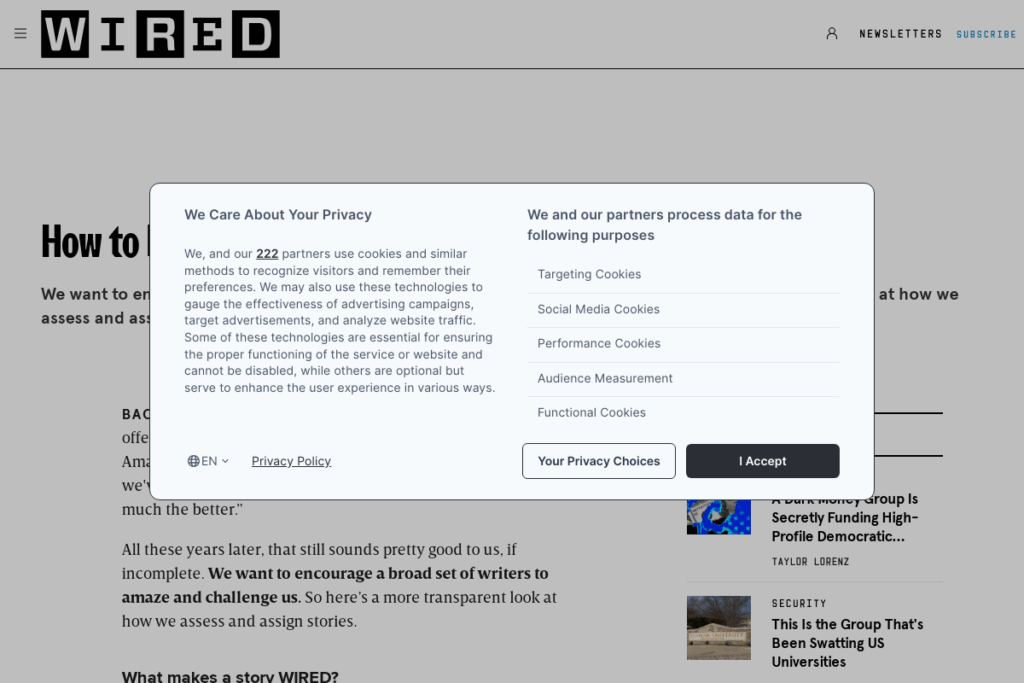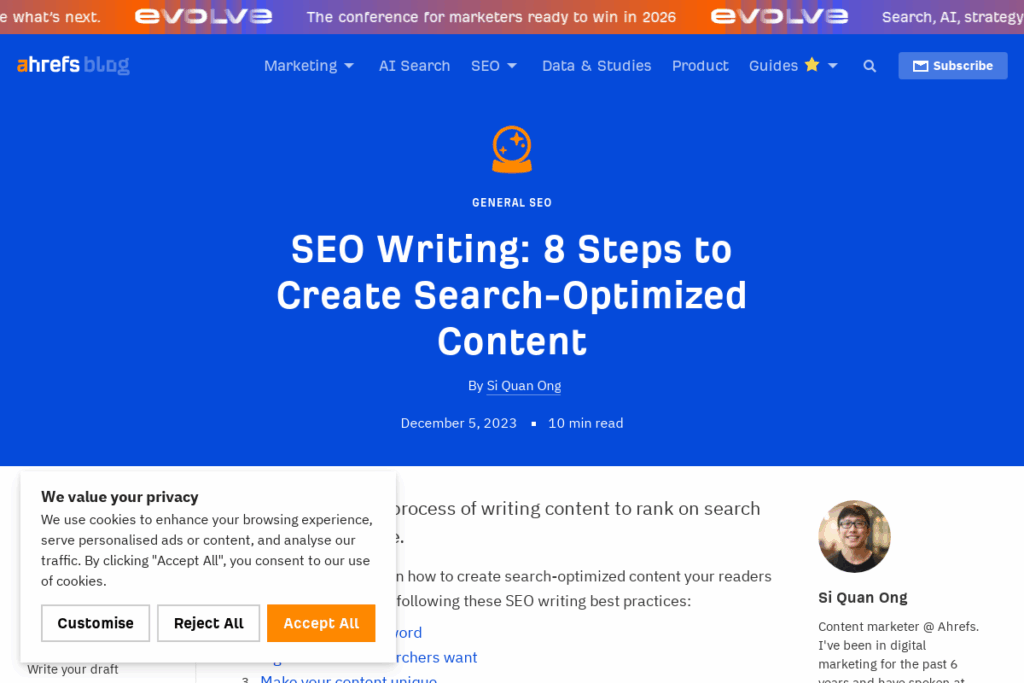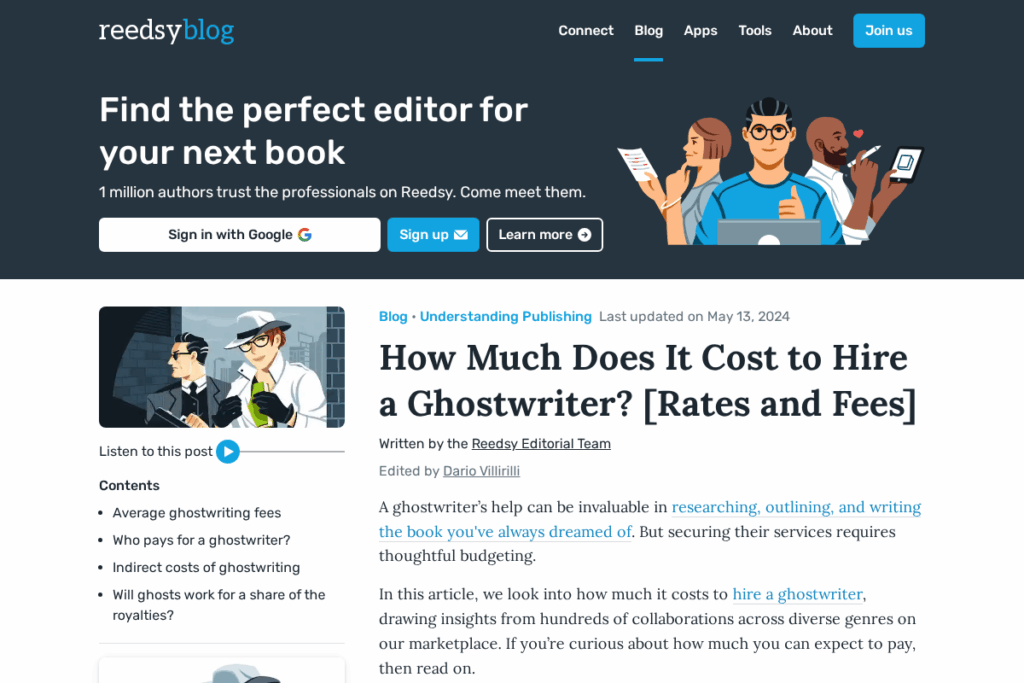
I built my freedom on words. A small creative project turned into steady online income, then a full time business. You can do the same without giving up the little joys that keep life balanced.
The key is picking a path that fits your schedule and strengths. Start lean, test quickly, and build from early wins. Here are seven practical writing jobs that pay and grow with you.
1. Freelance blogging for brands and magazines

Pitch service driven ideas to outlets and niche brands that speak to your own interests. Read a site’s voice, then send a tight angle with a clear outcome for the reader. Editors want concise pitches and proof you can deliver. You can study expectations in WIRED’s pitching guide and apply similar principles to other publications. Health and lifestyle publications spell it out too, as shown in SELF’s call for pitches.
Use early assignments to build a portfolio and repurpose research across clients. If you love lifestyle topics, learn how blogs monetize so your work aligns with revenue goals by reviewing how lifestyle blogs earn. Aim for repeat work by pitching series, not isolated posts. Keep timelines, rates, and deliverables in writing. Then track results so you can justify higher fees with performance, not promises.
2. SEO content writing for businesses

Companies pay for search optimized articles that answer real questions and drive qualified traffic. You win gigs by showing you can match search intent, structure content clearly, and keep readers engaged. A solid primer is Ahrefs’ SEO writing guide, which covers research through on page polish.
Think like a business partner. Propose content calendars, internal link plans, and refreshes for declining posts. Price by project with clear scope. Set aside money for taxes and read the rules for independent work in the IRS Gig Economy Tax Center. As your articles rank, track impressions, clicks, and conversions. Package those wins into case studies so the next client sees the value before you speak.
3. Conversion copywriting for ads and landing pages

Words that convert are a direct line to revenue, which is why businesses pay well for sharp copy. Start with voice of customer research and keep the promise throughout the page. Learn cornerstone practices from HubSpot’s landing page copy tips and back them up with credible social proof and strong calls to action. When in doubt, write three concise versions and test the headline first.
Your edge is clarity. Cut jargon, lead with a meaningful benefit, and make next steps obvious. For stakeholders who want a playbook, share concise frameworks and current guidance like Gartner’s copywriting insights. Quote projects at a flat rate tied to deliverables and one round of revisions. Then upsell related assets such as email sequences or ad variants so clients get a consistent message across channels.

4. Technical writing and documentation
Software teams and hardware companies hire writers to turn complexity into clear steps. You do not need to be an engineer to start, but you must learn the audience and follow strong style. Study tone and structure from Google’s developer style guide and use it to model clarity in your samples. Pair that with community practices from Write the Docs’ beginner guide.
Begin with tutorials, FAQs, and quick start guides. Ask for access to subject matter experts and record interviews to avoid rework. Build repeatable templates for release notes and how to pages. Price per package with clear acceptance criteria and a maintenance option for updates. Over time, specialize in a stack or industry so you can command higher rates and step into lead doc strategy.
5. Ghostwriting for executives and creators

Many leaders have ideas but no time to write. Ghostwriters turn those ideas into articles, speeches, and books. Rates scale with scope and credibility. For benchmarks on long form work, review Reedsy’s ghostwriting rates. For an overview of how engagements are structured and priced at the book level, see this Forbes explainer.
Start with a discovery process. Capture voice with recorded conversations, gather artifacts, and outline sign off checkpoints. Pitch content pillars tied to the client’s goals, not just a single piece. Protect both sides with a contract that covers confidentiality, timelines, and revisions. After delivery, track impact such as email replies and press mentions. Package that proof to win larger retainers and referral work.
6. Newsletter writing and editing
Direct audience access means predictable revenue when you deliver consistent value. You can run your own publication or write and edit for brands. If you want to monetize your own, the platform playbook is straightforward. Substack details the setup for paid subscriptions in its paid publication guide. Beehiiv has leaned into ads and creator support, covered in Axios reporting on its media initiative.
Pick a sharp niche and publish on a predictable cadence. Build a simple pipeline for ideas, sources, and sponsors. If lifestyle content is your lane, map revenue models by revisiting how lifestyle sites monetize and repurpose those tactics for newsletters. Track opens and reader replies, not just list size. Sell sponsorships with a one sheet that includes audience fit, past performance, and clear deliverables.

7. Scriptwriting for YouTube and podcasts
Creators and brands need scripts that keep viewers listening and watching. A strong hook, simple language, and planned visuals are the foundation. For podcast structure and templates, study Spotify’s script guide. For audio storytelling craft, the BBC shares practical tips in Writing Audio Drama.
Offer packages that include research, outlines, scripts, and thumbnail or title options. Write with pacing in mind and mark visual beats so editing is faster. Price per series to lock in recurring work and ask clients for retention metrics to showcase impact. As you build a reel, specialize in a topic where your curiosity shines so your scripts feel natural and your results compound.
Start where your energy is highest, then compound small wins into bigger retainers and better clients. Keep your finances simple, your writing clear, and your schedule flexible. That balance is how a creative side hustle becomes real online income that supports the life you want.

